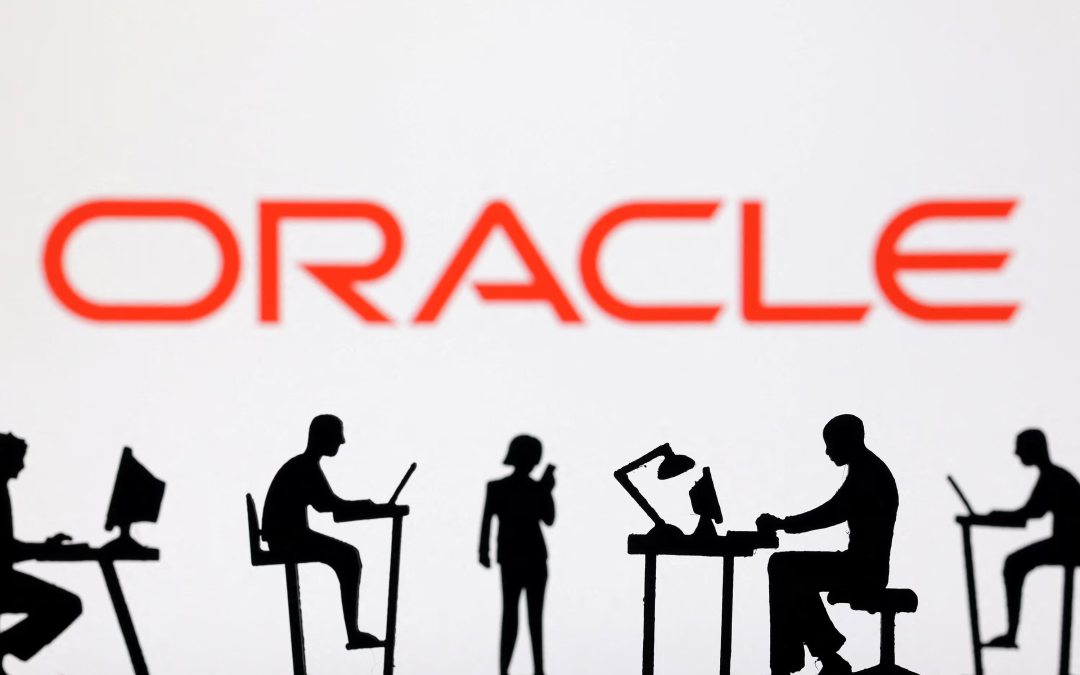As businesses grow, they invest in a wide variety of software solutions. Typically, they acquire individual applications to both help them address immediate challenges and take advantage of new opportunities when they arise. In the short term, this approach can work. But over the long term, it creates difficulties.
Circumstances change as companies grow. To stay competitive, decision makers need a consolidated view of information across applications plus access to new technologies like AI. A large, diverse application portfolio makes this harder—and creates other business challenges, too. Processes often become dependent on error-prone, high-latency, manual handoffs. And issues arise with vendor relations, data integrity, security, and more, which get worse as the application portfolio grows. As a result, what seemed like a good approach in the short term means the company can’t make full use of its resources in the long term.
The importance of ERP and HCM
Nowhere are these challenges more acute than at the intersection of ERP and HCM. Why? Because those applications manage two of the organization’s most vital assets: finances and people. Misalignment between finance and HR data can lead to high-stakes blind spots and process inefficiencies, increasing the organization’s exposure to risk. In contrast, a unified ERP and HCM solution delivers substantial advantages, including greater efficiency across the back office, more accurate and timely decision-making, and a straightforward path for AI adoption.
Benefits of a complete cloud suite
When organizations deploy Oracle Fusion Cloud ERP and HCM together, they get a unified, best-of-breed solution. Oracle Cloud ERP and HCM are consistently recognized by industry analysts as market leaders overall and within key functional areas. Fusion Apps lead in categories that include cloud ERP, financial planning, recruiting, payroll, learning, and talent management. Together, Oracle Cloud ERP and HCM deliver a unified enterprise solution with the depth and specialization typically associated with best-of-breed apps.
Among other things, they provide:
- Simplified data and single source of truth: Integrated data across HR and finance functions eliminates data silos, ensures data consistency, and provides a holistic view of the organization’s workforce and financial health. For example, critical data elements like employee, supplier, and location are defined once and then used by all modules. This unified approach avoids data conflicts and reconciliation issues. It also makes it far easier to combine transactional data with other information (e.g., information related to products, customers, assets, etc.) for more advanced analytics and more accurate AI.
- Streamlined business processes: Using fewer tools enables organizations to create and configure workflows in ways that generate considerably less friction. This is important to both end users and managers, especially in processes that intersect finance and HR (e.g., proper approval routing for an employee purchase requisition based on employee location, business unit, cost center, item category, and spend authority in the management approval chain).
- Easier, faster AI adoption: Unified HR and financial data reduces the time and effort teams spend preparing data to power AI. It also allows AI models to learn from a broader, more complete dataset, leading to more accurate insights and predictions for tasks like workforce planning and financial forecasting. A single platform also makes it easier to build and use AI agents that automate processes spanning ERP and HCM workflows.
- More nimble, precise planning and forecasting: Merging data from every corner of the business at very low latency (e.g., daily updates) with a consolidated analytics framework reveals insights at a pace that’s otherwise impossible. And you don’t need to build a data warehouse for every analytics use case or slow your general ledger by adding non-financial data.
- A better user experience: A consistent UX for self-service applications (e.g., benefits, procurement, travel, and expenses) cuts training costs, speeds up adoption, and improves time to productivity for new hires. This is further enhanced by conversational user interfaces that streamline interactions and elevate user engagement.
- Unified security: A unified solution enhances data integrity, strengthens security, and reduces vulnerabilities across the enterprise. It simplifies access management and allows for consistent governance, compliance, and policy enforcement. All this lowers risk while improving operational oversight and trust in the system.
- Simplified vendor management: Reducing the number of application providers cuts the complexity of cloud deployments—including ongoing management and any company-specific configurations or extensions. It also simplifies the adoption of new innovations across cloud infrastructure, platform services, and applications.
Putting it all together
Taking a unified approach to your back office isn’t only about aligning systems. It’s about fine-tuning your whole business, streamlining how work gets done and results are analyzed. Together, Oracle Fusion Cloud ERP and HCM deliver a unified platform that sets the stage for faster innovation as your business grows.


